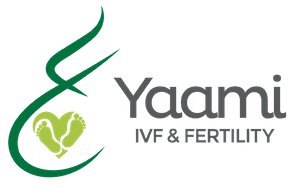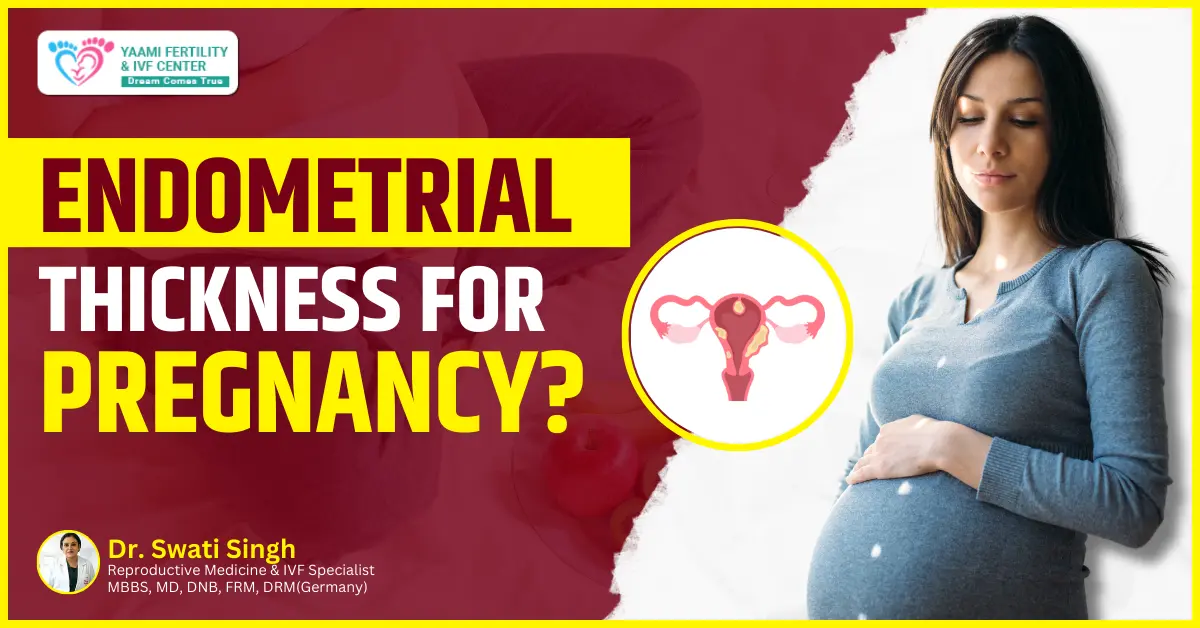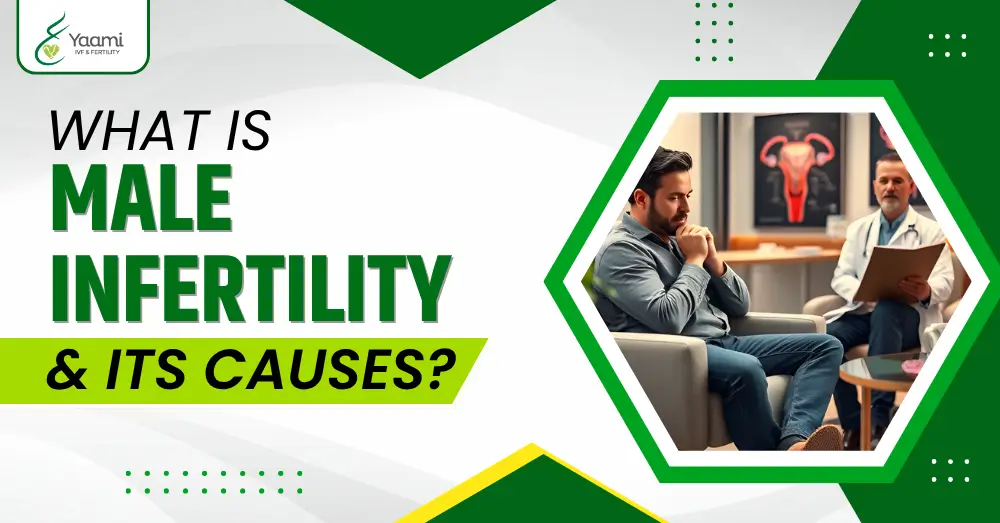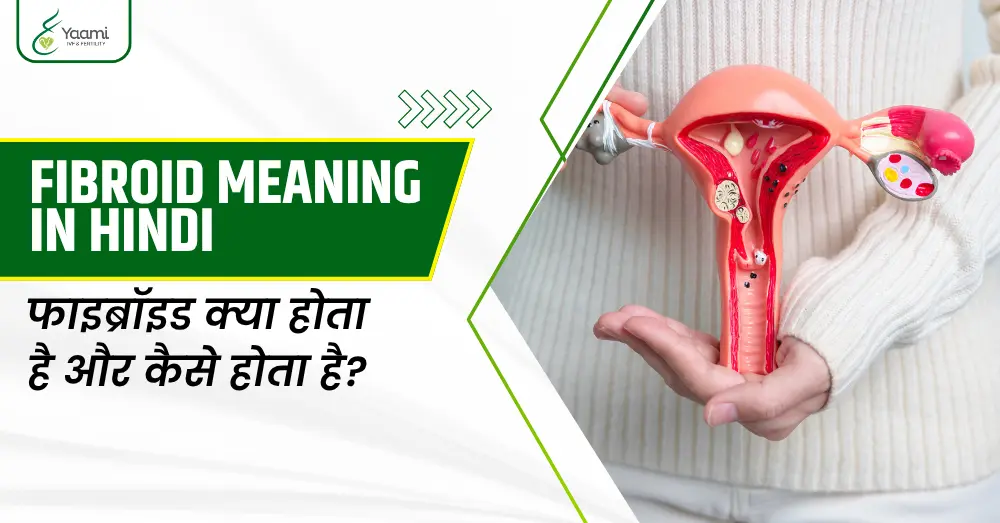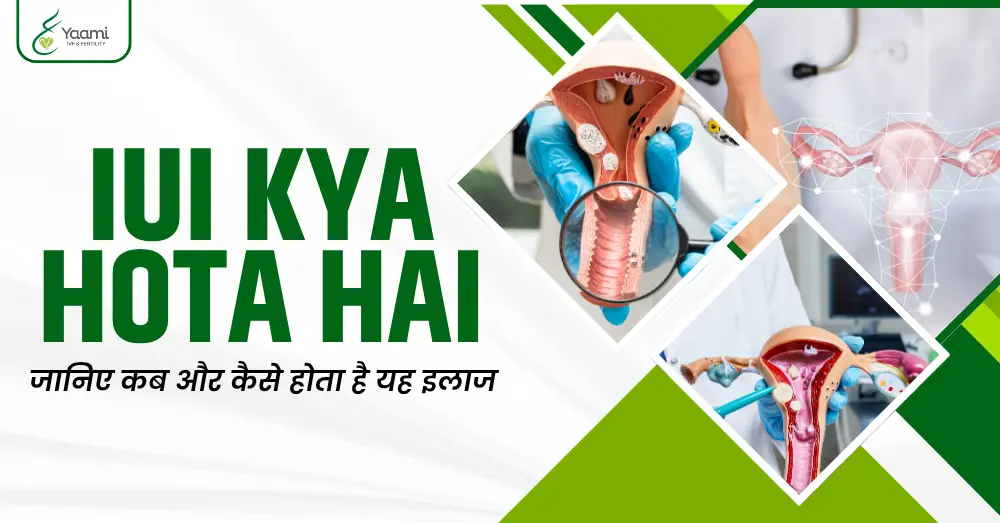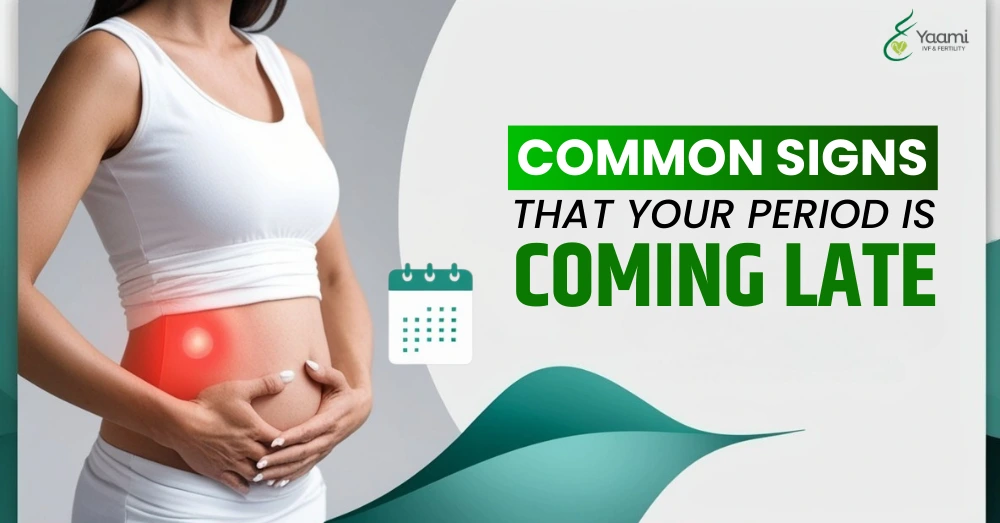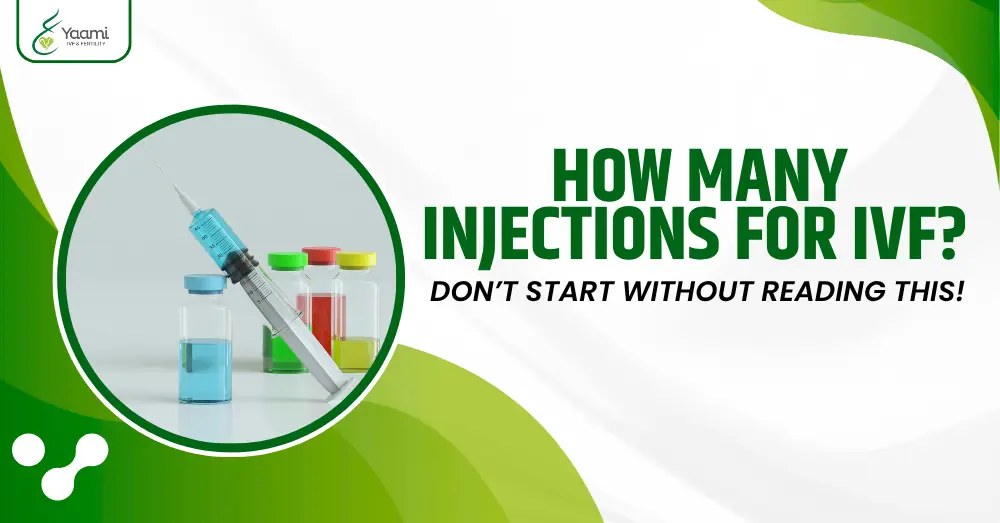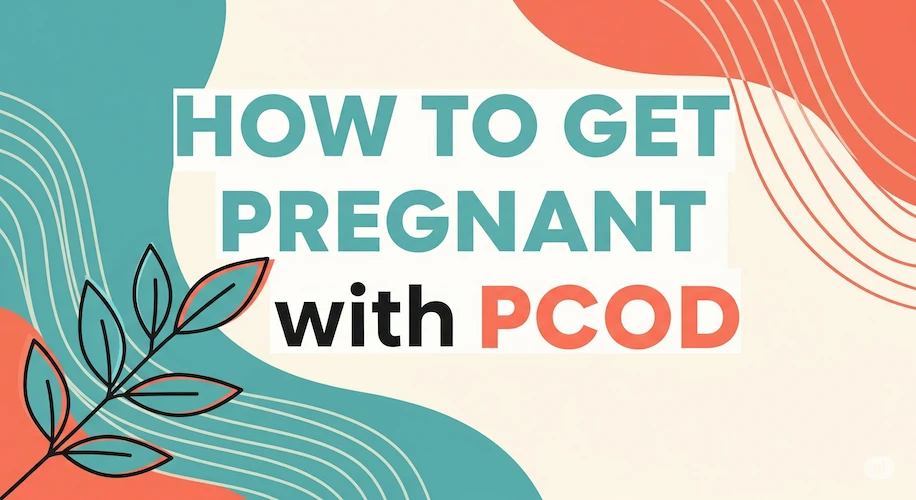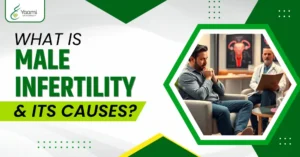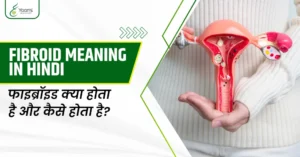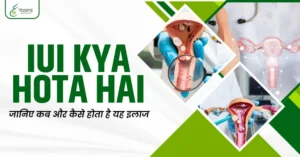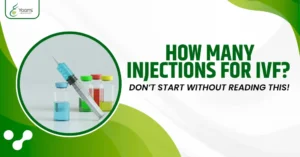Understanding what is uterine lining and what is its ideal thickness that is essential for fertility success. Whether you’re trying to conceive naturally or undergoing fertility treatment you should know how uterus lining impact your pregnancy & IVF procedures.
What is the Uterus Lining?
The uterine lining, medically known as the endometrium, is the innermost layer of the uterus that plays a crucial role in pregnancy and menstruation.
Uterus lining consiste of two layers: One is the front part(outer layer) and one is the back part(inner layer) and and the space betwwen these layers is called cavity of the uterus, where the embryo and the baby grow. Out of these two layers, the front wall is the functional layer that sheds during menstruation and the back wall is the basal layer that regenerates the functional layer each cycle. When we measure the thickness of the uterus lining, we measure both the front wall and the back wall together.
Endometrial thicknesses as low as 4 mm can support the pregnancy.
The ideal endometrial thickness needed for fertility treatment Purpose is between 8 to 14 mm.
That in no way means that a thickness that is less than 8 mm or more than 14 mm cannot result in a pregnancy.
It’s just that studies have shown that when the thickness is between 8 to 14 mm, the pregnancy rate is the best.
What is Endometrial Thickness for Pregnancy?
Your endometrial thickness is very to to get pregnant. The endometrial thickness for pregnancy changes throughout your menstrual cycle due to hormonal fluctuations:
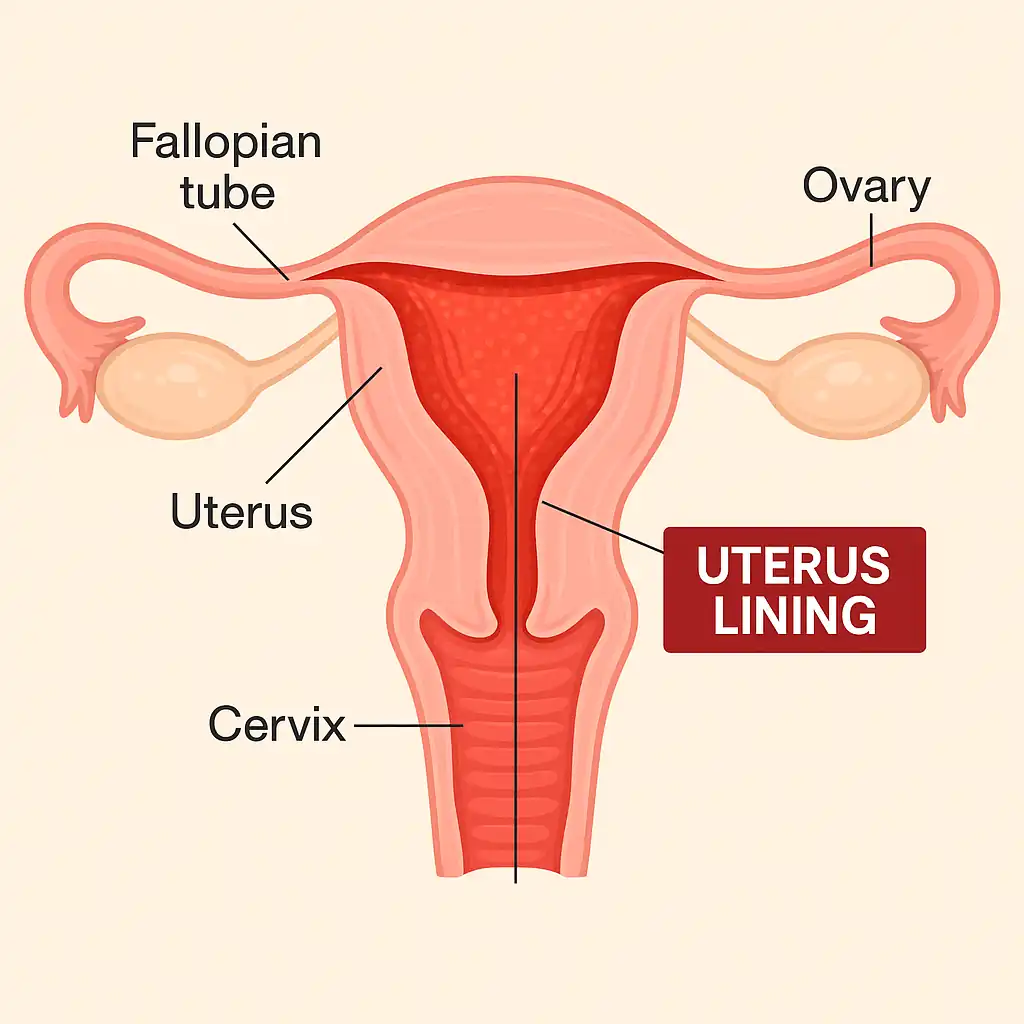
Menstrual Phase (Days 1-5): When the mensuration occurs then uterus lining sheds which results in the thickness of 2-4mm.
Early Follicular Phase (Days 6-10): In this phase, your estrogen levels begins to rise, the lining starts rebuilding from its base layer and reaches 4-6mm thickness.
Late Follicular Phase (Days 11-14): Rapid growth occurs as estrogen peaks, with thickness reaching 6-12mm just before ovulation.
Ovulation (Days 14-16): During ovulation thickness of uterus lining is at its peak of 8-15mm and estrogen is at its highest levels.
Luteal Phase (Days 17-28): The lining is maintained at 7-16mm thickness by progesterone, preparing for potential implantation.
Understanding these natural variations helps explain why timing of ultrasound measurements is crucial for accurate fertility assessment.
2. What Factors Affect the Endometrial Thickness?
The main factors that affect the thickness include, mainly the Estradiol hormone level, the presence of any infection inside the uterus (this can cause adhesion between the front and back layer of the uterus lining), and damage to the base of the endometrium (uterus lining) by a surgical procedure like D and C (uterus cleaning).
Hormonal Factors: Estrogen & Progesterone are the primary hormone responsible for endometrial growth during the whole menstrual cycle. Low estrogen levels result in thin lining, while adequate estrogen promotes healthy thickness. Progesterone maintains and matures the endometrium after ovulation, preparing it for implantation.
Medical Conditions: Several conditions can negatively impact endometrial thickness. Asherman’s syndrome causes intrauterine scarring that prevents normal lining growth. If you have gone through a surgical procedures previously like D&C then it can damage the basal layer which is needed for regeneration. PCOS/PCOD can also affect uterus lining.
Lifestyle Factors: Your daily habits significantly impact endometrial health. Excessive exercise, extreme weight changes, chronic stress, poor nutrition, smoking, and excessive alcohol consumption can all reduce lining thickness.
Blood Flow: Adequate blood circulation to the uterus is essential for delivering hormones and nutrients needed for endometrial growth
3. What things can help increase the endometrial thickness?
The bottom line is that adequate estrogen hormone should be present in the body and this hormone should be able to reach the lining of the uterus and attach to the lining and then only it will be able to increase the thickness. so anything that increases the blood flow to the uterus can improve the endometrial thickness because it will deliver more estrogen hormone to the uterus.
These factors are:
– Citrus Fruits like orange, Grapefruit, etc.
– Pomegranate, watermelon, Berries, Tomatoes
– Vegetables like beetroot, green leafy vegetables
– Fish
– Exercise: Any type of exercise that increases heart rate will deliver more blood to the uterus and can help in increasing Endometrial thickness.
4. What to do for Women Where Lining does not Improve with Simple Measures?
– Using different uterus preparation protocols using newer medicines.
– Vitamin E and Pentoxifyllin can help to improve blood flow in difficult cases.
– Growth factor / Stem call infusion in the uterus: can help in women where other medicines have not helped.
Conclusion
The key to healthy endometrial development includes maintaining balanced hormone levels, ensuring good uterine blood flow, following proper nutrition with fertility-supporting foods, engaging in regular moderate exercise, managing stress effectively, and seeking professional medical guidance when needed.
Remember that endometrial thickness is just one factor in fertility success. The quality of the lining, proper timing, overall reproductive health, and individualized treatment approaches all contribute to achieving pregnancy.
At Yaami Fertility, we provide comprehensive endometrial assessment and personalized treatment plans to optimize your uterine lining for successful pregnancy.

Dr. Sankalp Singh (MBBS, MS – Obstetrics & Gynecology, FIRM, FRM – Germany) is a highly respected Reproductive Medicine and IVF specialist with over 20 years of clinical experience. He is the founder and chief consultant at Yaami Fertility & IVF Center, Indore, where he provides advanced fertility solutions including IUI, IVF, ICSI, and fertility preservation. Trained internationally, Dr. Singh combines global expertise with a compassionate approach to guide couples on their journey to parenthood. He is also deeply committed to academic teaching, clinical research, and spreading awareness about reproductive health and fertility treatments.
